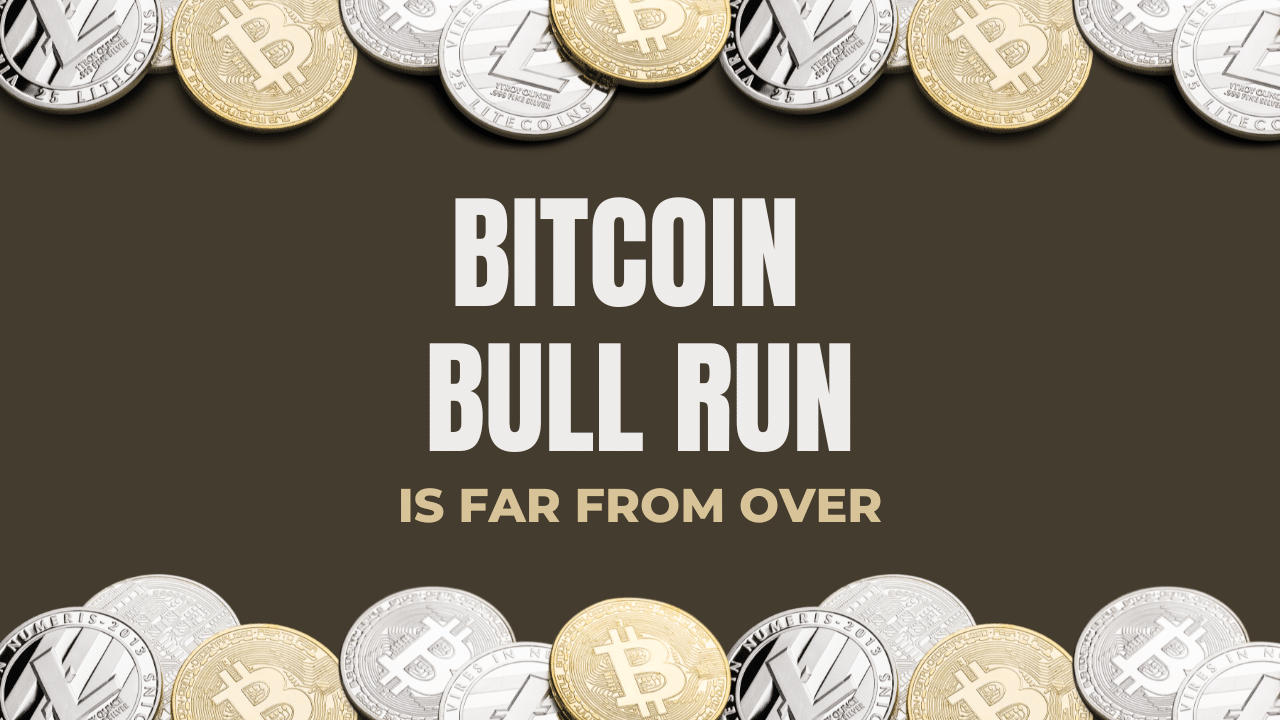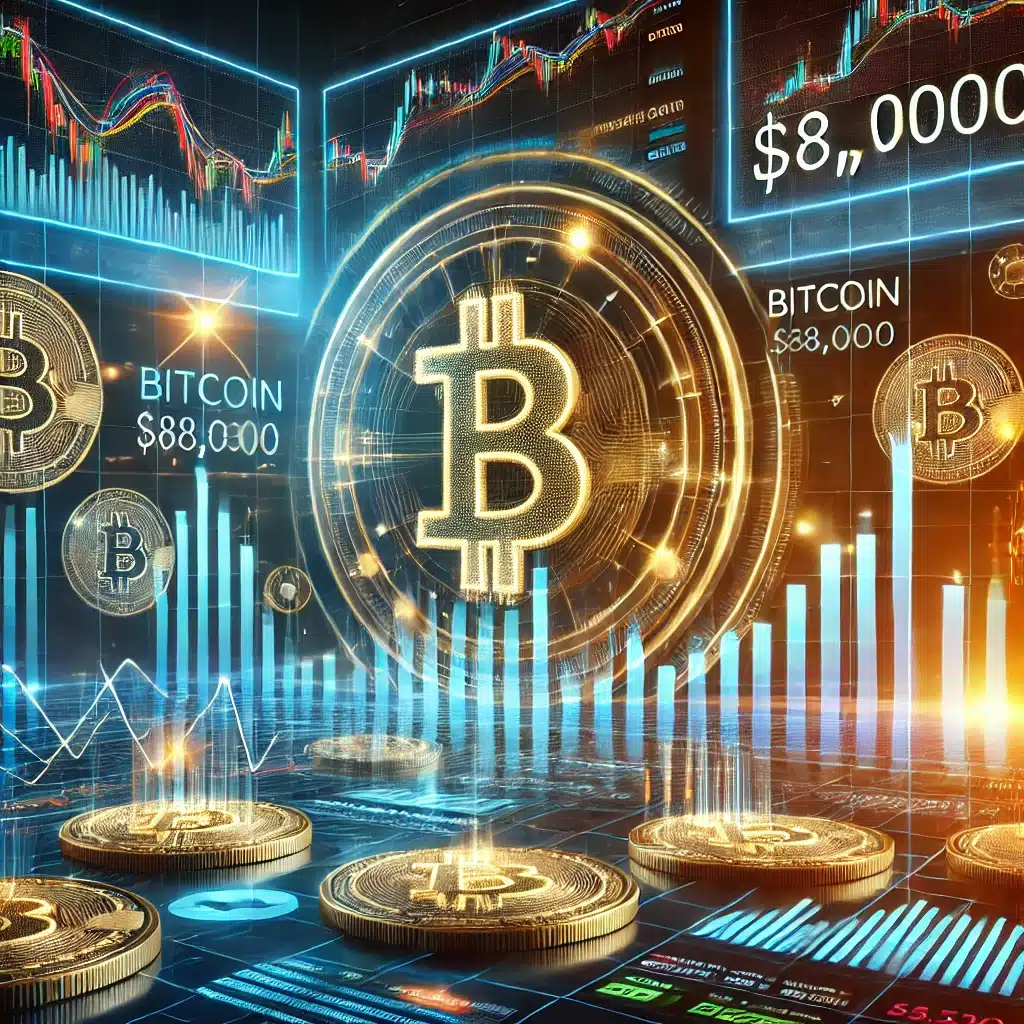This discussion dives into the current state of Bitcoin, the record-breaking hash rate, and the impact of tariffs on the global economy, with a particular focus on why the U.S. economy remains dominant.
Bitcoin’s Unstoppable Momentum
Bitcoin’s price is soaring, and its hash rate, a measure of the network’s security, has hit an all-time high. This surge indicates that the world’s most secure computer network is only getting stronger. The incentive system for miners, who earn millions daily for securing the network, is working exceptionally well. This robust security now protects trillions of dollars in value. It’s impressive that this decentralized network, without a CEO or management team, has grown so powerful through the collective efforts of individuals worldwide who saw an economic incentive to participate.
Key Takeaways
- Bitcoin’s hash rate hitting new highs signifies a strengthening network.
- The incentive system for miners is effective, securing trillions in value.
- The network’s growth is a testament to decentralized coordination.
- Bitcoin is more than just a speculative asset; it’s a real-world conversion of energy into a store of value.
The recent approval of Bitcoin ETFs has changed the market structure. Instead of the wild booms and busts seen in the past, we’re now witnessing a more consistent, upward trend. While corrections of 15-30% can still occur, they are considered normal during a bull market. The constant inflows from ETFs are muting volatility, leading to smaller price swings but also fewer significant drawdowns compared to previous bull markets. This stability is key to attracting institutional capital, as they prefer assets that show steady growth rather than extreme fluctuations.
Furthermore, more than 600% of the daily incoming supply of Bitcoin is being bought daily. This means there are significantly more buyers than sellers, which, given Bitcoin’s finite nature, naturally drives the price up. Structurally, Bitcoin looks excellent, and despite recent gains, it remains in a bull market, poised for further price appreciation. While $400,000 might be a stretch, hitting $150,000 by year-end seems quite possible. For a multi-trillion dollar asset, even a 30-40% increase represents a massive creation of market cap.
Tariffs: A Win for the American Economy
The recent trade deal with the European Union, which includes a 15% tariff on EU goods, is being hailed as a major victory for the U.S. The EU agreed to hundreds of billions in military equipment purchases, significant investments in the U.S., and substantial energy purchases. This deal reflects a shift in global trade dynamics, where the U.S. is dictating terms.
Why was this possible? Because the U.S. economy is seen as the future, while the EU is perceived as more of a museum. The U.S. offers better technology, stronger capital markets, and more innovation. European countries, facing energy crises due to poor policy decisions, now rely on the U.S. for energy. This dependence, coupled with a perceived weakness in European leadership, allowed the U.S. to negotiate favorable terms.
The deal includes:
- Military Equipment: The EU will buy hundreds of billions of dollars in U.S. military equipment, a sector where the U.S. excels.
- Energy Purchases: Europe will buy $750 billion of U.S. energy, a consequence of their own energy policy missteps.
- Investments: The EU committed $600 billion in investments in the U.S.
- Market Access: European markets will open up to U.S. products, creating a more level playing field.
This outcome is seen as a strategic win, forcing other countries to make concessions and investments in the U.S. The revenue generated from these tariffs could be substantial, potentially trillions over the next decade, helping to offset the national debt.
The U.S. Remains Number One
Despite global challenges, the U.S. economy continues to demonstrate remarkable strength. The U.S. dollar’s dominance in global payments is at its highest level in over a decade. Foreigners are not only buying U.S. debt but also U.S. equities, indicating strong international confidence.
Even prominent commentators who were initially skeptical of the U.S. economic policies, like Bill Maher, have acknowledged the surprising resilience and growth. The stock market is at record highs, defying predictions of an economic downturn. This resilience is attributed to the fundamental strength of the American economic system, which fosters innovation, attracts investment, and offers unparalleled opportunities.
When considering global investment, the U.S. remains the most attractive destination. Its capital markets are deep, liquid, and sought after. The narrative of America’s decline is simply false advertising; the country is on a path of growth and improvement. The American economic model, a blend of capitalism and democracy, has proven superior to any other system. This is why people want to invest here, use our currency, and build businesses here.
Looking ahead, the U.S. has a history of helping other economies, often to its own detriment. The goal now is to leverage this strength to create a more equitable global economic landscape. The success of individuals like Jeff Bezos and Elon Musk, who solved real problems and were rewarded economically, exemplifies the American dream. The focus should be on creating more opportunities for wealth creation and financial security for all Americans, and Bitcoin is presented as a powerful tool in achieving this, offering a way to preserve and grow purchasing power over time.



